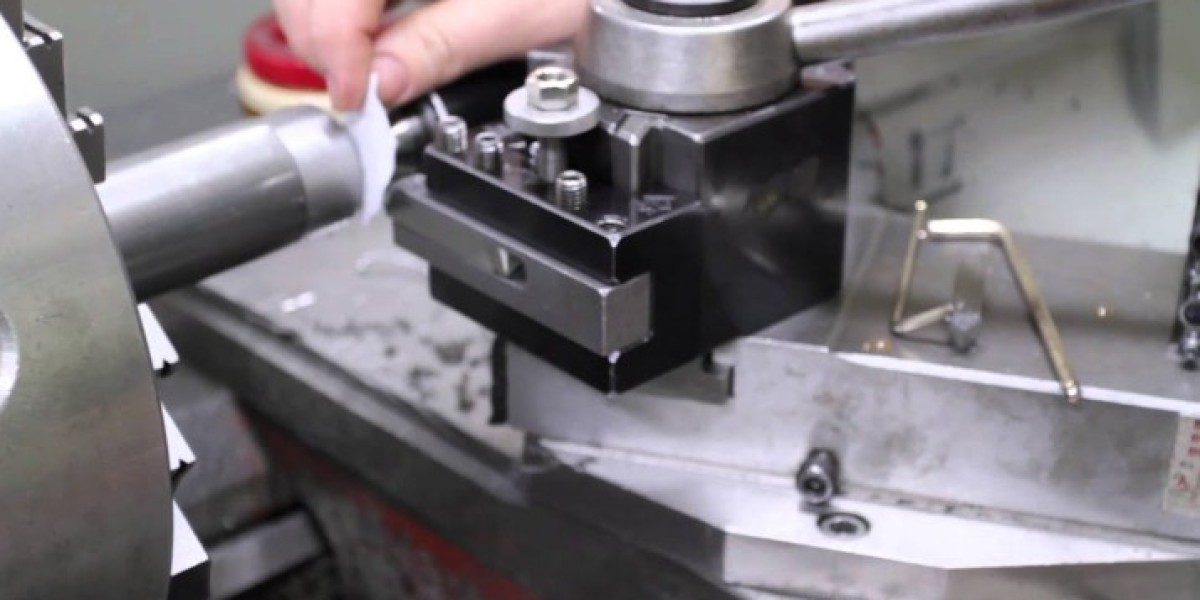In the world of metalworking, achieving precision is key to delivering high-quality products that meet specific requirements. Two techniques that play a crucial role in this are lathe cutting and splicing. Each method serves a unique purpose in shaping, modifying, or joining materials, allowing manufacturers to create finely detailed and durable components for various industries.
Whether you're in the automotive, aerospace, or manufacturing sector, understanding the applications of lathe cuts and splicing can help you optimize production processes and meet your project's demands.
What is Lathe Cutting?
Lathe cutting is a machining process used to shape materials, primarily metal or wood, by rotating the workpiece against a cutting tool. The lathe machine is one of the oldest and most versatile tools used in manufacturing. By rotating the material at high speeds, the cutting tool removes layers of material to create the desired shape. This process can produce everything from cylindrical components to more complex geometries.
Types of Lathe Cutting
- Turning: The most common lathe process where the cutting tool moves parallel to the workpiece's axis, creating smooth cylindrical surfaces.
- Facing: Involves cutting at right angles to the workpiece, producing flat surfaces on the end of the object.
- Thread Cutting: Used to produce screw threads by gradually removing material to form the spiral pattern.
- Taper Turning: Achieves tapered components by angling the cutting tool relative to the axis of rotation.
Key Benefits of Lathe Cutting
- Precision: Lathe machines allow for highly accurate cuts, often with tolerances of fractions of a millimeter.
- Efficiency: The process is quick, making it ideal for both small-scale and large-scale production.
- Versatility: From simple rods to complex parts, lathe cutting can handle a wide range of materials and shapes.
What is Splicing?
Splicing is a method of joining two pieces of material together, whether they are ropes, wires, or even sections of metal and other rigid materials. In metalworking, splicing typically refers to the joining of two metal parts to form a seamless connection. The splicing process can involve techniques such as welding, adhesive bonding, or mechanical fastening, depending on the materials and the required strength of the joint.
Types of Splicing
- Butt Splicing: Involves joining the ends of two materials without overlapping. It is often used with wires and ropes, but can also apply to metal sheets.
- Overlap Splicing: One end of the material overlaps the other and is then joined, offering a stronger connection compared to butt splicing.
- Mechanical Splicing: Uses bolts, screws, or other fasteners to join parts together, often used when welding isn't practical or required.
- Thermal Splicing: A method that uses heat to melt and fuse materials together, commonly used in plastics but can also be applied to metals with specialized tools.
Key Benefits of Splicing
- Structural Integrity: Splicing creates a seamless bond, which helps maintain the strength of the materials.
- Durability: Properly spliced joints are long-lasting and can handle significant stress, making them ideal for critical components in heavy industries.
- Cost-Effectiveness: Splicing reduces material waste, especially in situations where reusing or combining materials is necessary.
Applications of Lathe Cuts and Splicing
Both lathe cutting and splicing are essential in industries that demand precision and strength. Here's a look at how these processes are applied:
- Automotive: Lathe cuts are used to shape engine components like pistons and shafts, while splicing techniques are essential in wiring and frame construction.
- Aerospace: Lathe cutting is used to create high-precision parts like turbine blades, while splicing is often used to join metal sheets in aircraft construction.
- Manufacturing: Both techniques are employed for everything from producing tools to creating machinery components that require exact specifications.
Conclusion
Lathe cutting and splicing are two foundational techniques in modern manufacturing and metalworking. With lathe cuts, manufacturers can create precision parts essential for everything from vehicles to machinery, while splicing provides a reliable method of joining materials for enhanced durability and strength. Understanding how to effectively use these processes can help ensure the production of high-quality, efficient, and cost-effective components.







